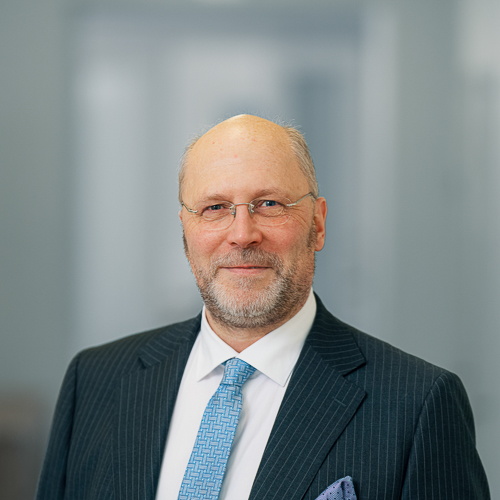It is now clear to everybody on this planet that an invisible killer is bringing misery to all corners of the world, regardless of age, gender or colour. The path of destruction continues from morning until evening and from east to west. It brings despair to the people, companies and authorities.
Worst of all: our friends and relatives have become a threat to ourselves. Everyone’s defence is to fort up in one’s own home.
Never before has collective fear spread as fast and widespread as it has now - neither in the Cold War, nor in the terrorist attacks, nor the financial crisis. Fear has put the brakes on global spending and on the wheels of the economy.
Nobel laureate Professor Robert Shiller sometimes talks about universal stories and narratives that guide economic and market development. One is the stock market crash of 1929 and the subsequent recession of the 1930s. It left a traumatic aftermath on economic policy and in people's memories.
However, Shiller points out that the world has changed a lot in 100 years. Economic and social sciences have advanced, and there has been an improvement in the knowledge and understanding of economic interactions. Thanks to communication and technology, people can rapidly make situational assessments.
Even at the end of February, few, if any, could forecast the rate at which the corona virus would spread worldwide, how deadly it would be, and how powerful the measures taken by authorities around the world would need to be to stop the epidemic.
The reactions in fiscal and monetary policies around the world have also been unprecedented in terms of their speed. The total global amount of measures already adopted to mitigate the economic consequences is close to 5% of global GDP.
Money is not a cure for the virus, nor does it replace the losses that have already occurred. The purpose of allocating money is to build a "bridge over the valley of death" and to enable, in due course, a return to normalcy.
It will all begin with the first courageous acts that get the economy rolling and growing again. This courage still needs a supportive driving force behind it – otherwise, it will be reckless. The driving forces will be the right information and grasp of the situation, along with the confidence that others will start working towards the same goals.
The corona crisis is not just a temporary global disturbance. It can also be the beginning of greater structural changes in world development. When the recovery from the crisis begins, will we return to the old normal or head for a new, better future?
The five steps to this story are: controlling emotions, overcoming fear, using reason, courage, and trust.













